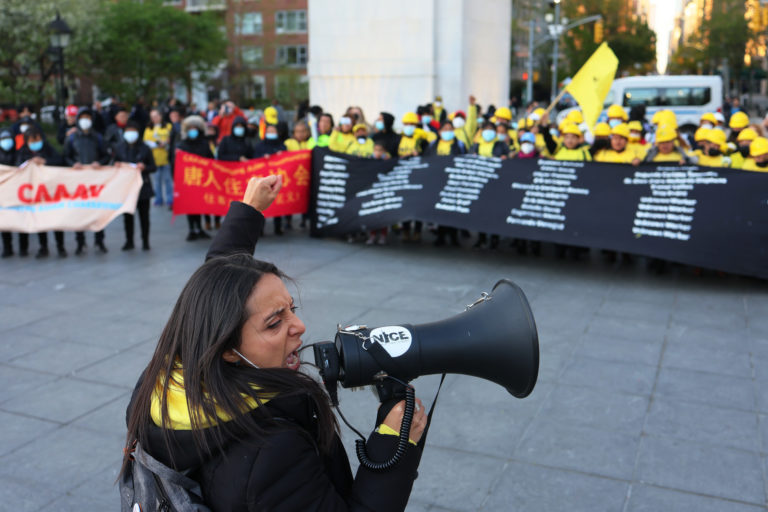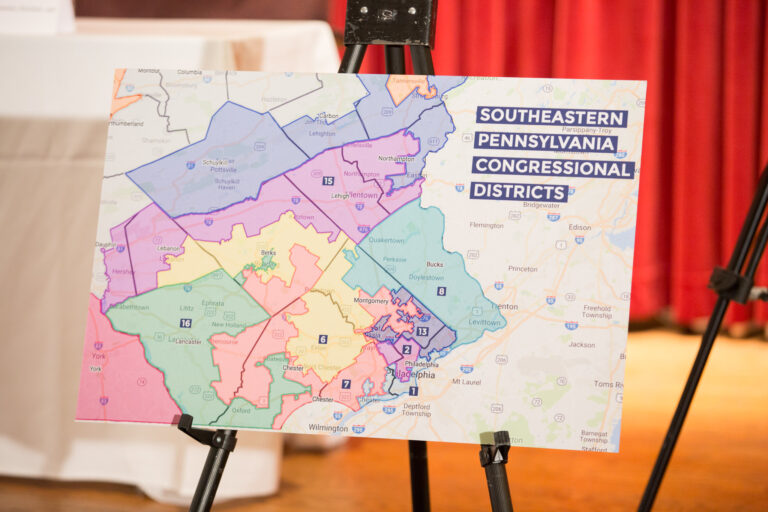Maddy Joseph is a student at Harvard Law School.
The Supreme Court decided yesterday to hear Janus v. AFSCME. The Court seems poised to hold that agency-fee agreements for public sector workers are unconstitutional. Since the order, reports and commentaries have analyzed Janus‘s threat to public sector workers, and its stakes for U.S. organized labor.
The Chicago Tribune explains that the case began when Illinois’ Republican Governor Bruce Rauner, a former private equity executive, attempted to stop the state from dispensing agency fees to unions, clashing with the state’s Attorney General. The Governor eventually filed the suit that would become Janus, asking a federal court to rule that his actions were valid and that fair-share agreements are unconstitutional. When Gov. Rauner was dropped from the case, Mark Janus and other state employees took over as plaintiffs. The Tribune also has an editorial that supports the union’s argument only on the “narrow” point that “[s]omeone who benefits from a union’s contract negotiations should pay for collective bargaining activities, if not for the union’s political activities.” It notes that an AFSCME loss in Janus would lead to a decline in union membership, like the decline seen “in Wisconsin, with Gov. Scott Walker leading the charge.”
Making the stakes concrete, the Washington Post gives the union membership statistics: “Union membership in the U.S. declined to just 10.7 percent of the workforce last year, and the ranks of private-sector unions have been especially hard hit. About half of all union members now work for federal, state and local governments.”
And The Atlantic recounts AFSCME’s predictions about who would pay fees under a public sector right-to-work regime: “only about a third of the workers they represent would pay fees ‘no matter what’ and . . . about half were on the fence about it. In other words, if given the option to leave the union and avoid paying dues, many could take it and still be supported by collective-bargaining efforts.” The article also nicely summarizes the Court’s recent “signal flares on Abood” in Knox and Harris.
The New York Times calls the period since the Court’s 4-4 deadlock in Friedrichs v. CTA “a brief reprieve for unions.” (Find our coverage of Friedrichs here.) According to the Times “[u]nion leaders reacted to the court’s decision to hear [Janus] with dismay bordering on alarm.”
At Slate, Mark Joseph Stern predicts that “while Janus will be a crushing blow to unions, it probably won’t be the last one dealt by the Supreme Court,” arguing that the First Amendment analysis used to reject agency-fee agreements in the public sector could easily be modified and extended to compel a right-to-work regime in the private sector. For a preview of Janus’s argument, see the cert petition.










Daily News & Commentary
Start your day with our roundup of the latest labor developments. See all
December 21
Argentine unions march against labor law reform; WNBA players vote to authorize a strike; and the NLRB prepares to clear its backlog.
December 19
Labor law professors file an amici curiae and the NLRB regains quorum.
December 18
New Jersey adopts disparate impact rules; Teamsters oppose railroad merger; court pauses more shutdown layoffs.
December 17
The TSA suspends a labor union representing 47,000 officers for a second time; the Trump administration seeks to recruit over 1,000 artificial intelligence experts to the federal workforce; and the New York Times reports on the tumultuous changes that U.S. labor relations has seen over the past year.
December 16
Second Circuit affirms dismissal of former collegiate athletes’ antitrust suit; UPS will invest $120 million in truck-unloading robots; Sharon Block argues there are reasons for optimism about labor’s future.
December 15
Advocating a private right of action for the NLRA, 11th Circuit criticizes McDonnell Douglas, Congress considers amending WARN Act.